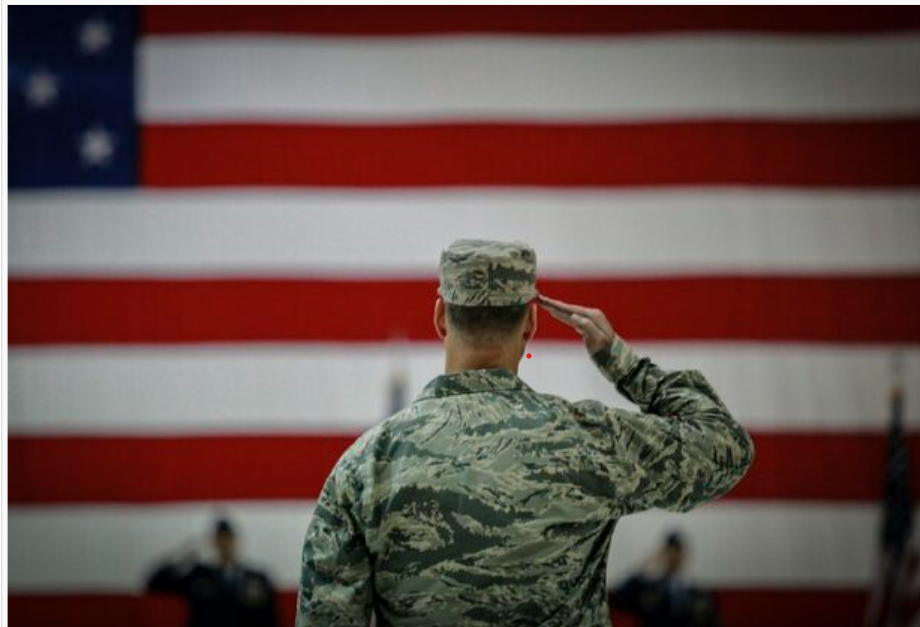On Friday, the House of Representatives passed a significant defense bill that includes a provision for the automatic registration of young men between the ages of 18 to 26 for the Selective Service.
This bill, part of the National Defense Authorization Act (NDAA), authorizes a substantial $895 billion in military spending and aims to streamline the process of registration for military conscription.
Proposed by Rep. Chrissy Houlahan (D–Pa.), in her speech from the House floor she stated, “By using available federal databases, the [Selective Service] agency will be able to register all of the individuals required and thus help ensure that any future military draft is fair and equitable. This will also allow us to rededicate resources—basically that means money—towards reading readiness and towards mobilization…rather than towards education and advertising campaigns driven to register people.”
The provision targets males between the ages of 18 and 26, making it mandatory for them to be enrolled in the Selective Service System. Although news of this bill seems to have taken the public by surprise, this system has been in place since 1917, with various iterations throughout the years, and serves as a contingency for military manpower in case of a national emergency.
The automatic registration is proposed to replace the current method, which requires individuals to sign up themselves, a process that has been criticized for its inefficiency and the penalties imposed on those who fail to register. Indeed, there are many young men and other members of the public who are not even aware of the necessity to register for the draft on reaching the age of 18.
The new measure is expected to ensure a fair and equitable draft, should one be necessary, by utilizing federal databases for registration, in this manner also reallocating resources towards military readiness and mobilization efforts.
However, it’s important to note that while this bill has passed the Republican controlled House, it is highly unlike to pass in the Democratic controlled Senate, particularly due to amendments related to abortion, diversity efforts, and transgender medical treatments.
In the United States, military conscription, popularly known as the draft, has been historically employed during times of war and conflict. The draft was first implemented during the American Revolutionary War and subsequently in the Civil War, World War I, World War II, the Korean War, and the Vietnam War. The most recent active period of conscription ended in 1973, transitioning the U.S. Armed Forces to an all-volunteer military force.
Houlahan, an Air Force veteran, has been pushing for such a bill for a long time. She also spearheaded a House bill in 2021 to require women to register with the Selective Service, effectively doubling the draft pool.
Republicans are not alone in advocating for the draft. There is a growing centrist consensus even among liberals and hawkish conservatives on expanding the Selective Service. The American Civil Liberties Union, for example, is fighting for the right of women to be conscripted and argues that the Selective Service is an example of overt sex discrimination.











